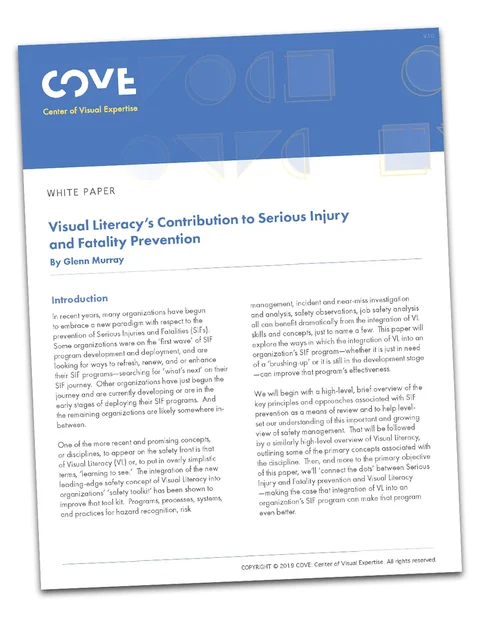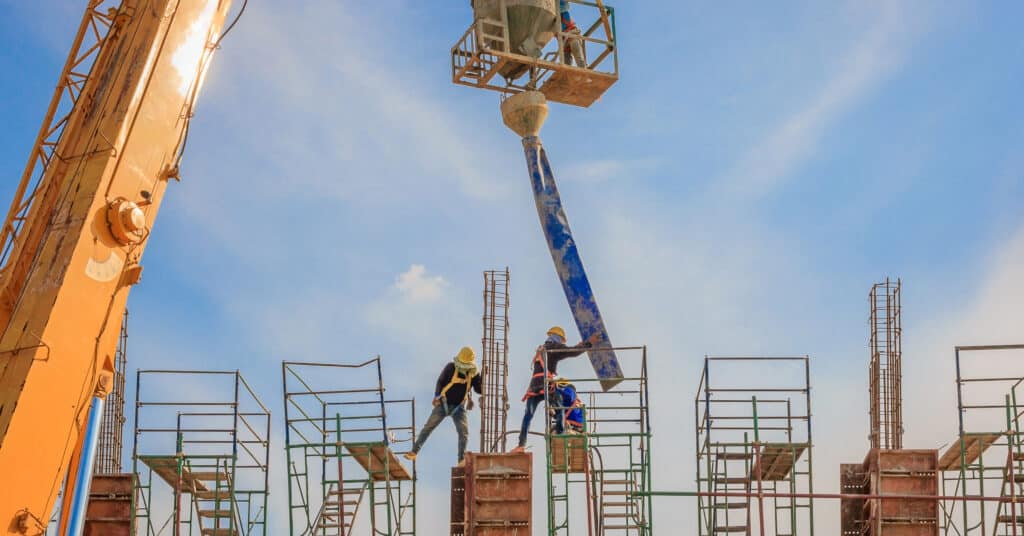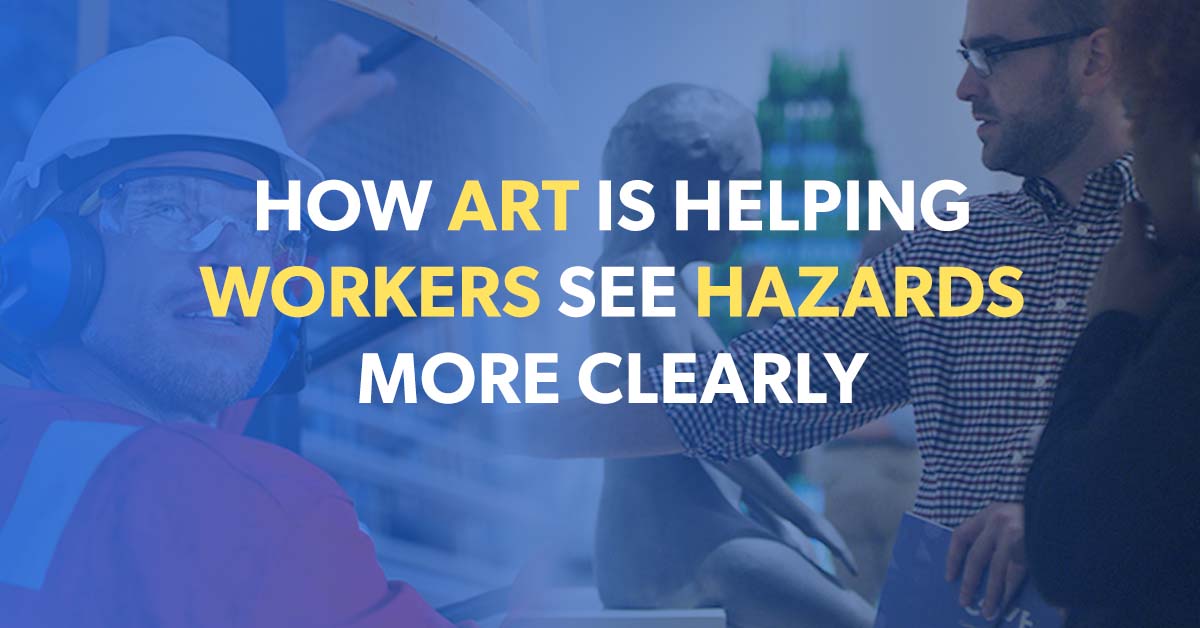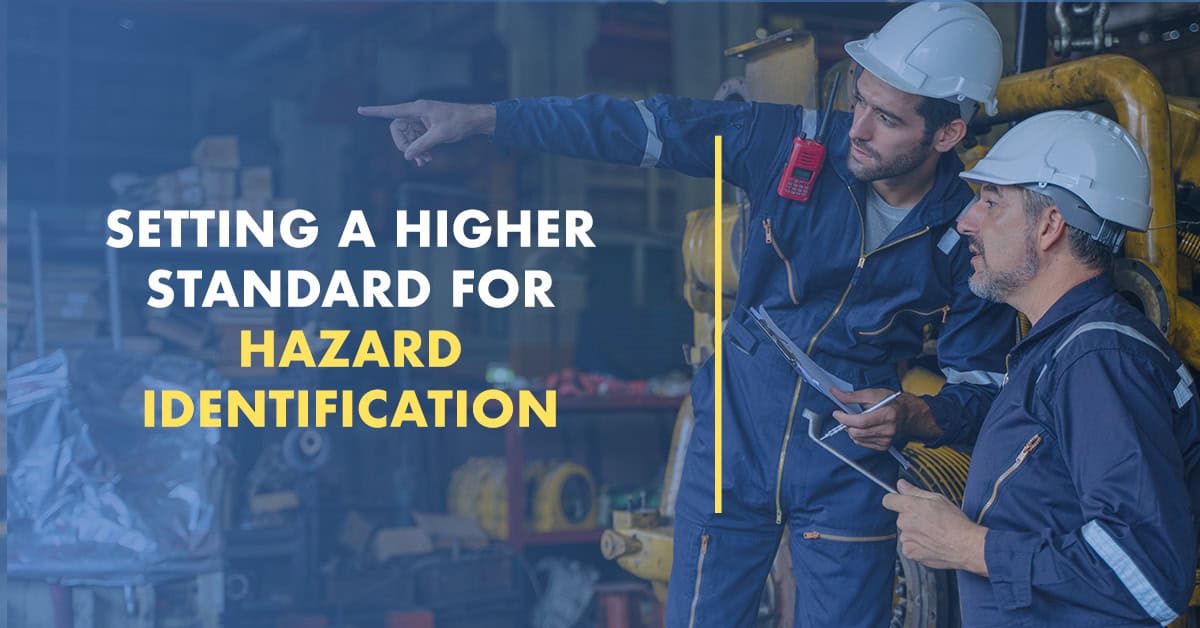Over the last decade or so many organizations have been placing more of a focus on Serious Injury and Fatality prevention (SIF). The theory behind the traditional ‘Safety Pyramid’ (or Heinrich Safety Triangle) says that if we reduce incidents at the ‘base’ of the pyramid, it follows that we will reduce incidents at the top of the pyramid at an approximately proportional rate. The current theory behind SIF prevention holds that this is not actually the case. In fact, the rate of Serious Injuries and Fatalities over the past number of years have, and continue to be, plateaued or leveled-off.
The systems and processes that we are establishing to reduce or eliminate minor injuries at the base of the pyramid are necessary, but not sufficient to experience improvement at the top of the pyramid. What we do see is that there is something different about SIFs. And to improve SIF prevention, we need to integrate new and different approaches. Utilizing Visual Literacy methodologies, COVE has developed a process that can help improve our ability to not only see SIF related hazards and precursors more completely but can also help us interpret SIF potential more accurately.
Visual Literacy offers skills development in an area most of us have never received training in but are reliant upon to do our jobs every day…the learned skill of seeing. Safety audits, behavior-based safety observations, hazard recognition, incident investigation and analysis; one thing they all have in common is that they rely on the visual skills of the users. We train people how to conduct safety audits, and BBS observations, and hazard hunts. But we rarely (if ever?) train them how to see. Visual Literacy allows for added improvements in not only these safety areas but can also significantly improve SIF prevention efforts as well.
Here are a few areas where applying Visual Literacy practices to SIF prevention can have a positive impact.
- Classifying, tracking, and analyzing SIFs
The classification of an incident or a near-miss as an actual or potential SIF is the first step in the process. Being able to capture, analyze, and learn from every actual and potential SIF so their recurrence can be prevented is key. Visual Literacy, the tools and skills it provides, and the unique and engaging Visual Literacy training experience offered by COVE helps to build this culture and provide this common language. - Consideration of Potential Consequences
The determination of potential brings with it a level of subjectivity not otherwise present in most safety programs. Yet it is so important. If potential is under-estimated, either purposely or unconsciously, a key learning may be lost. On the same token, if potential is widely over-estimated, it can have the effect of diluting the database. In either scenario, process, objectivity, and critical thinking must be brought to bear on the determination of potential. The Visual Literacy approach delivers a unique experience and process to help develop skills in critical thinking. - Preventing SIFs real-time
SIF precursors not only provide organizations a means to analyze their data, but they also provide important operational prevention aids. Known precursors can be used to target job observations, to target safety audits, to target things to look for in the workplace. If workers are better equipped to see precursors or similar in the field, they are better equipped to not only capture the event for future analysis, but they are better equipped to intervene–in the moment–to potentially save a life. Specific elements we use as part of the Visual Literacy training can be directly linked to known SIF precursors that can provide specific targeted visual cues in the workplace to spot precursor scenarios.
Visual Literacy is a new, unique, and innovative addition to safety. Its integration into existing successful safety programs, practices, and systems such as hazard recognition, safety audits, job observations, incident and near-miss investigations, to name a few, has led to making them even more successful. The same is true for Serious Injury and Fatality prevention.

To learn more about this connection between Visual Literacy and Serious Injury and Fatality prevention, download our latest white paper “Visual Literacy’s Contribution to Serious Injury & Fatality Prevention” by COVE’s Advisory Board Member and Senior Client Advisor, Glenn Murray.




